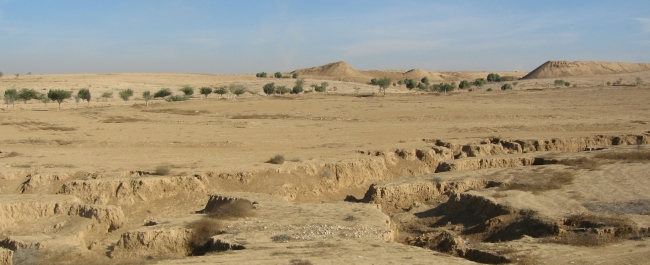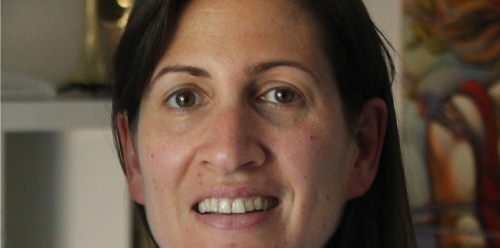Drivers and consequences of environmental change in drylands

As climate changes, the world’s driest regions will be hit hardest. Already in a delicate balance with limited rainfall and high temperatures, dryland environments and the societies within them, are now facing immense challenges of adapting to environmental change.
The challenge
Drylands are critical regions of the Earth covering ~40% of the global land area where water and nutrients are scarce. They support ~2 billion people, 90% of whom live in developing countries. Dryland environments are particularly vulnerable to environmental change – they are under immense pressure from climate change, drought, desertification, anthropogenic activities and conflict, and thus present multiple environmental and societal challenges of global significance.
Climate change presents great challenges for dryland regions, especially in communities where socioeconomic livelihoods are tied to the consistency of seasonal rainfall. In the dryland regions of East Africa, drought is a major threat to rainfed agriculture and to drinking water supplies, and regional climate is projected to increase in drought frequency and severity. Climate change and human activities are also accelerating desertification, which decreases biodiversity and vegetation cover, and reduces soil fertility. On top of all this, wars and conflicts are concentrated disproportionately in dryland regions further contributing to environmental degradation.
What we're doing
We are working on a number of projects to better understand both the drivers and consequences of environmental change in drylands.
We are developing models that link climate to rainfall characteristics to changes in regional-scale water balance in East Africa. Using these models we can explore questions such as: How will climate change affect soil moisture required to grow crops or the water table in wells that provide precious drinking water in a parched landscape? How will the water stores change season by season and over coming decades?
We have been researching the links between conflict and land degradation in Somalia over decadal timescales, using a combination of remote sensing analysis, conflict data and statistical models, soil DNA, and soil nutrient analysis. We are now working with Somali partners to finds ways of breaking the conflict-environment links and preventing land degradation.
A number of other projects are looking into the soil nutrient changes associated with vegetation changes within degrading dryland landscapes, the hydrological and erosional processes in drylands, and topographic signatures of aridity.
How it helps
A better understanding of the drivers of change and their impacts on land and water resources is the first step towards developing adaptation strategies to environmental change in drylands.
We are working towards identifying hotspots of changes in the water balance within East Africa under various scenarios of climate change, and we are collaborating with partners from Somalia to find effective adaptation strategies to hydrological drought and avenues for implementing these strategies.
An understanding of the links between conflict, human land-use and land degradation, allows us to identify critical areas for intervention. Our work on the dynamics of land degradation in drylands provides insights into how land fertility changes and the plausible solutions for reversing this process. Together with our Somali partners we work with community, regional and government groups to raise awareness of the problems, and to target the most effective decision-makers that can intervene effectively and shift behaviours towards sustainable ways of using the land.
 Lead researcher profile
Lead researcher profile
Dr Katerina Michaelides, Senior Lecturer in Hydrology, Geomorphology and Drylands
Related research centres
- Dryland Research Group
- School of Geographical Sciences
- Cabot Institute
Partner organisations
Funders
- Global Challenges Research Fund
- NERC
- UKRI Global Impact Accelerator Fund